Hydroelectricity, also known as hydroelectric power or hydroelectric energy is the most widely used renewable energy source accounting for more than 18% of the world’s total power generation capacity and more than 54% of the world’s renewable power generation capacity. This is because it is a form of energy that generates electricity from water in motion, such as a waterfall.
Hydroelectricity plants have either a reservoir, a gate, or a valve to help in controlling the water flow and an outlet to where the water will end up after flowing downward.
This water gains energy which is then converted into kinetic energy as it flows downhill, the water is then used to turn the blade of a turbine to generate electricity which can be distributed for use.
Basically, there are three types of hydroelectricity plants:
The impoundment facility
This facility is used to control the flow of water that is stored in a pool or a reservoir, water is usually released from the dam once more energy is needed and water flows downward through a turbine which spines and power a generator.
Diversion facility
this is a unique plant, that does not need a dam to function. It makes use of canals to channel flowing river water toward the generator-power turbines.
Pumped-storage facility
This plant retrieves energy produced from the sun, wind and nuclear power and stores it for future use.
It does this by pumping water uphill from a pool at a lower elevation to a reservoir that is at a higher elevation.
If there is a demand for more electricity, the water at the high pool is released and flows back down to turn the turbines which generate electricity.
Hydroelectricity in Africa
Africa is keying into clean energy as the continent is more susceptible to climate change.
Hydroelectricity accounts for 17% of the power generated in Africa on average. In some African countries like the Democratic Republic of Congo (DRC), Malawi, Mozambique, Uganda, Zambia, their share of hydroelectricity generated exceed 80% and it is likely to increase to more than 23% by 2040 as an effort towards clean energy transition.
while wind and solar are receiving credit for renewable energy, hydroelectricity accounts for 34 GW of installed capacity in Africa.
Africa is using hydroelectricity to combate its limited energy alternatives, it has assisted them in achieving a sustainable development goal by generating the lowest cost sources of renewable energy.
Advantages of hydroelectricity
Hydropower is a renewable source of energy, which means that it will never run out as long as there’s a flow of water
It does not release emissions into the atmosphere
It is a reliable source of energy, the sun goes down, the wind dies down but the water is in constant flow making hydropower the most reliable.
It can be adjusted to supply power as needed, this is done by controlling the amount of water that flows. It is the only renewable energy that has this power.
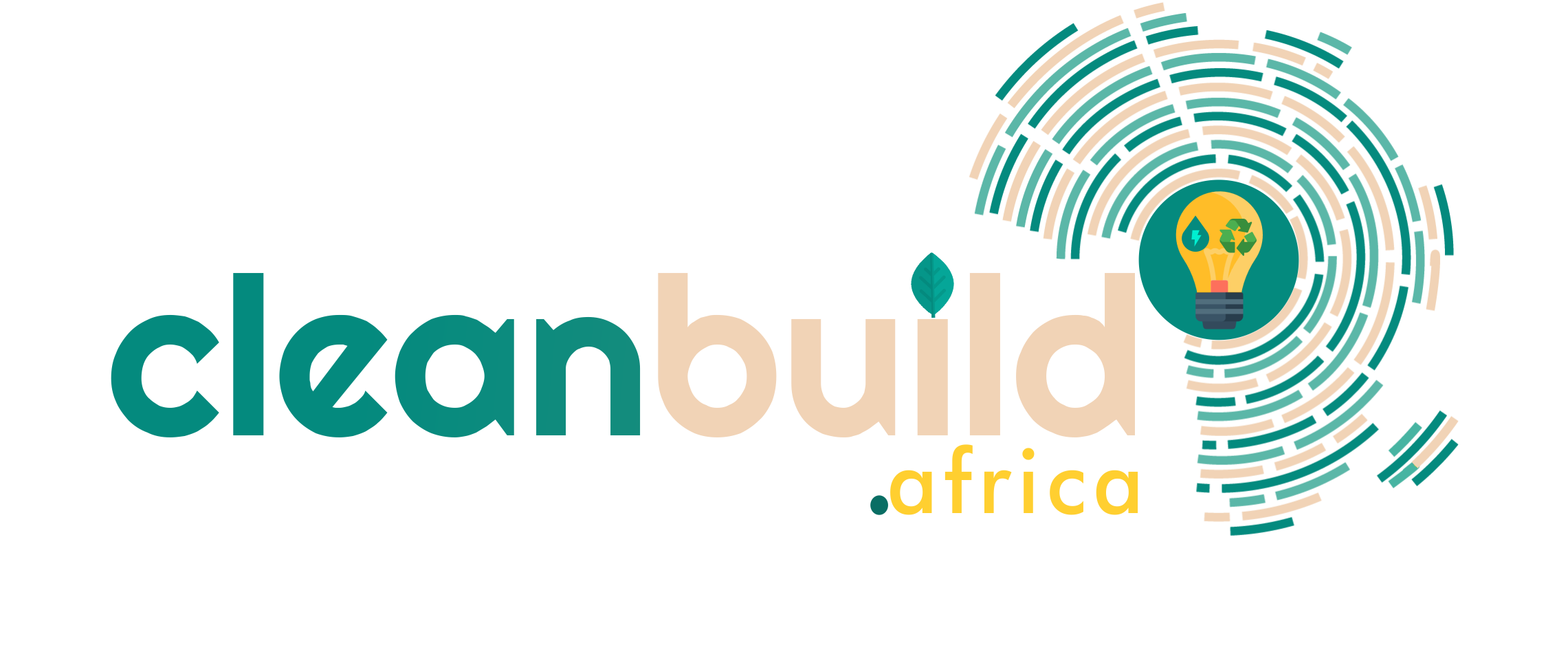

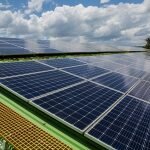
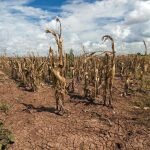
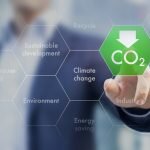
![MIT opens Solv[ED] Youth Innovation Challenge for young people ($200,000) Solv[ED] Youth Innovation Challenge - cleanbuild](/wp-content/uploads/2021/09/SolvED-Youth-Innovation-Challenge-150x150.jpg)

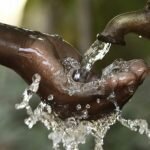

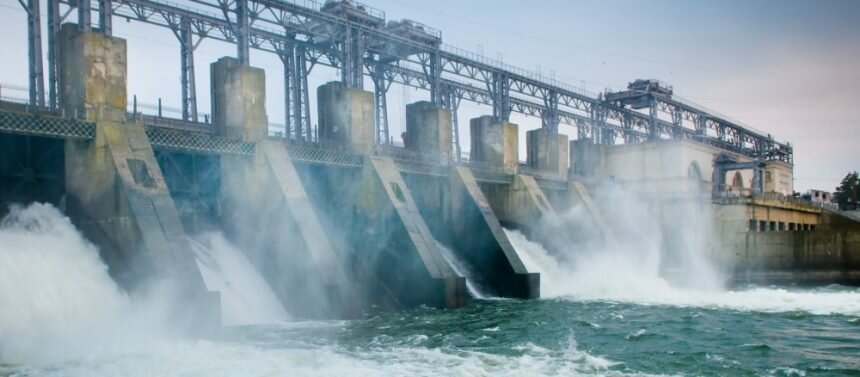

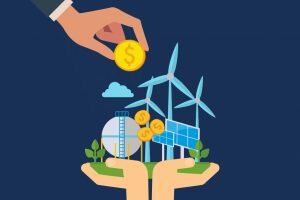


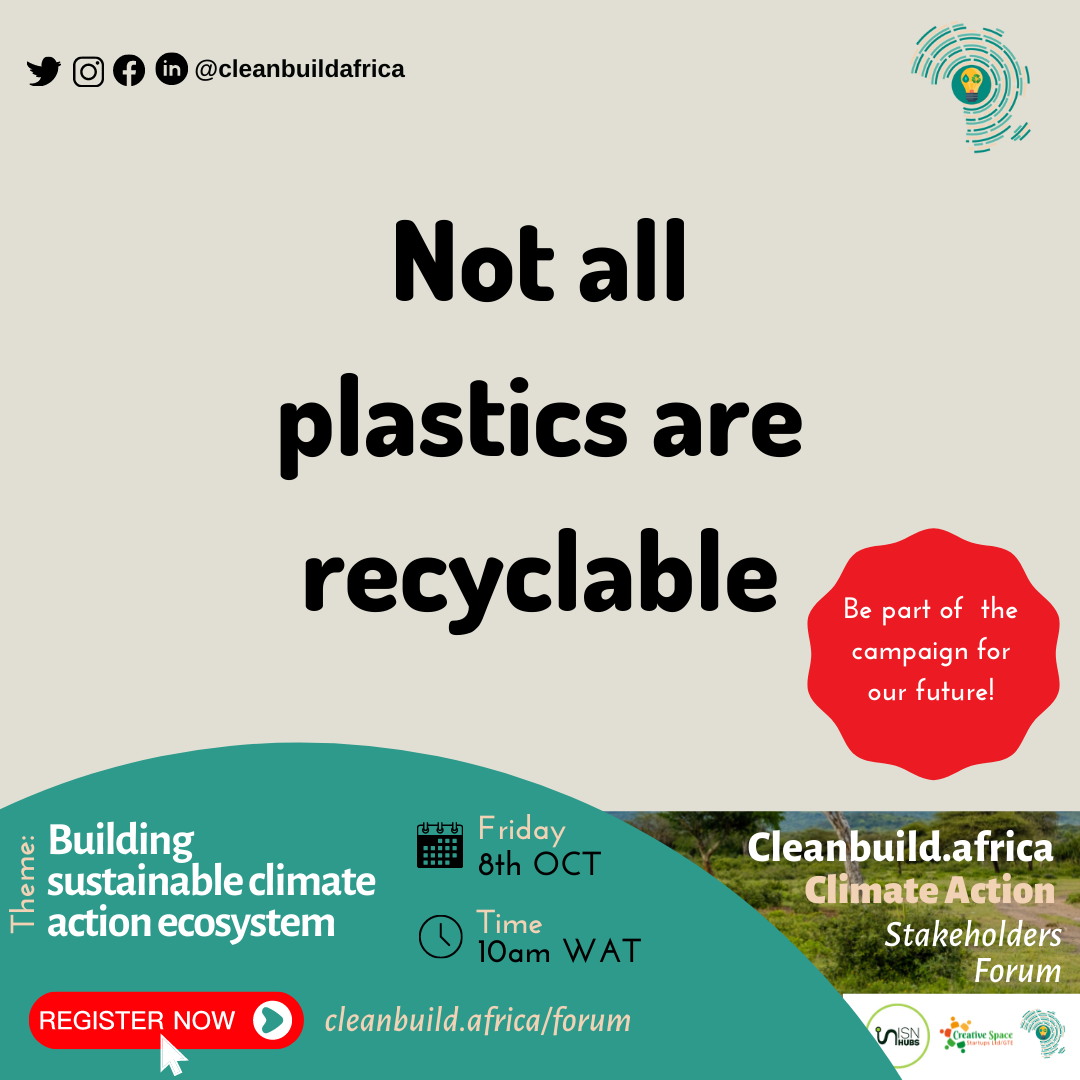



![MIT opens Solv[ED] Youth Innovation Challenge for young people ($200,000) Solv[ED] Youth Innovation Challenge - cleanbuild](/wp-content/uploads/2021/09/SolvED-Youth-Innovation-Challenge-74x55.jpg)

